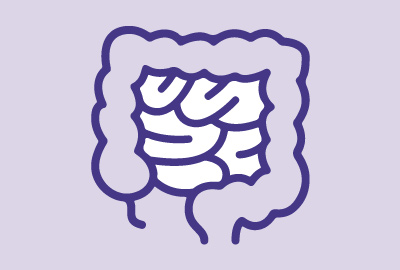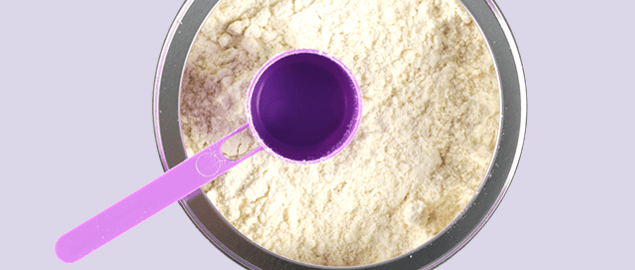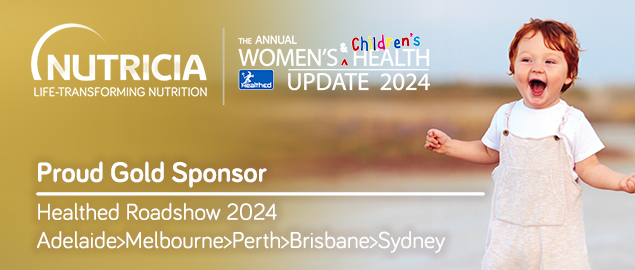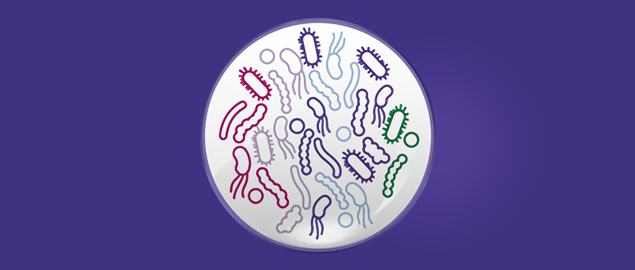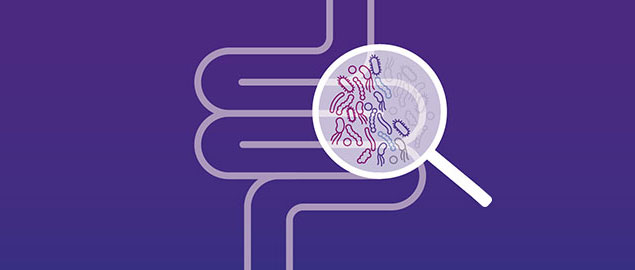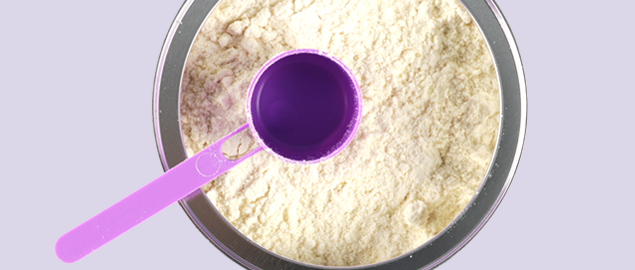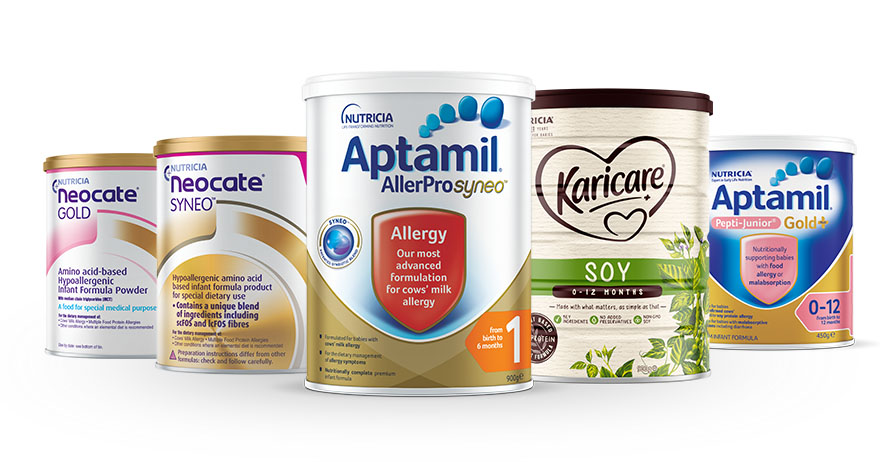What is cow’s milk protein allergy?
One of the most common food allergies seen in the first year of a baby’s life, cow’s milk allergy, occurs when the immune system reacts negatively to the protein found in cow’s milk. It is not to be confused with lactose intolerance, which is a digestive inability to break down lactose. These milk proteins are usually transferred from the mother while breastfeeding, or from formulas and other supporting foods that contain cow’s milk protein. Reactions from cow’s milk vary in timing, ranging from immediate or early reactions to delayed or late reactions. Early reactions often occur minutes to hours after exposure, whereas a late reaction will not show symptoms until 48 hours or even a week later after initial digestion. Most children outgrow CMA by 3-5 years of age, but some remain allergic into their later years. It is important to be aware of the allergy’s severity, as an anaphylactic reaction to cow’s milk can be life-threatening and requires immediate medical attention. No case of CMA should be treated lightly in children as the signs and symptoms can be very uncomfortable for them.
What are the signs and symptoms of cow’s milk allergy?
Statistics show that 2% of the Australian and New Zealand population of infants are allergic to cow’s milk; that’s as much as 1 in 50. Despite these high numbers, it can be difficult to accurately diagnose the signs and symptoms of an allergic reaction to cow’s milk. That is because these symptoms occur differently in many infants, with some showing a higher inclination to early dermatological reactions, while others have late gastrointestinal reactions. Most infants experiencing a reaction to cow’s milk allergy will show signs of distress through insomnia and crying, but symptoms may also manifest through dermatological, gastrointestinal and respiratory signs.
Cow’s milk allergy diagnosis
Before attempting a medical diagnosis, you must collect a record of the affected child’s symptoms. This way you have the full picture of the child’s reactions and the time between ingestion and signs of symptoms. In the case of early reactions after consuming cow’s milk or dairy foods, it will be easier to diagnose the allergy, but later reactions may take more time and effort. You may be able to test for allergies or refer the patient to an allergist. Either way, there are some common allergy tests to get a cow’s milk allergy diagnosed. These include:
- A skin prick test: A small amount of cow’s milk will be dropped onto the skin, which is then pricked to expose your immune system to the allergen. The skin will show signs of a reaction in the affected area if the child has an allergic reaction to cow’s milk.
- Blood tests: If a skin prick test is not suitable, a blood test may be conducted. This is usually in the case of the child having a severe allergic reaction in the form of eczema, or they are taking medications that may interfere with the testing.
- Elimination diet: This involves ensuring the child’s diet has no cow’s milk in it. After they avoid milk for some time, the parents are directed to slowly introduce cow’s milk and milk-based products back into their child’s diet.
Other uncommon allergy tests include:
- Intradermal skin testing
- Patch testing
- Oral allergen testing
Management of cow’s milk allergy
Following diagnosis, the next step for a child’s wellbeing is managing their cow’s milk allergy. There are different paths parents can take so they can manage their child’s allergy to cow’s milk. These options usually depend on whether or not they are still being fed breast milk or have moved onto formula.
Exclude cow’s milk products
Overall, the first step recommended for managing a cow’s milk allergy is excluding any cow’s milk products from a child’s diet. Other dairy foods may need to be removed if they contain any animal milk as most people with a cow’s milk allergy will also react to another animal’s milk. Camel milk, sheep milk or goat’s milk are some of the more common examples. Ideally, it is recommended that a nutritional assessment should be conducted following any decision to remove cow’s milk protein from an infant’s diet. This is to ensure adequate nutrition of proteins and micronutrients. Calcium supplementation is rarely required for infants, but other sources of calcium should still be encouraged. Therefore there is a reduced chance of nutritional deficiencies occurring.
Breastfeeding and cow’s milk allergy
Exclusive breastfeeding is recommended in infants until the age of 6 months. However, even an exclusive diet of breast milk may still expose a child to traces of cow’s milk. If the maternal diet contains cow’s milk proteins there is a chance this could be passed onto the infant through breast milk. In the case of a child showing residual symptoms or an immediate reaction, cow’s milk products should be eliminated from the maternal diet to avoid transmission.
Choose a suitable infant formula
If an infant is dealing with a milk allergy, especially in the case of having a severe allergic reaction, the parents will need to find a suitable cow’s milk replacement. For infants who have been moved onto an infant formula diet, this means choosing a formula with no traces of cow’s milk. There are 3 recommended options:
- Extensively hydrolysed formula: The first-line choice for most infants dealing with CMA, the hydrolysis of cow’s milk successfully breaks down potentially allergenic proteins into less-reactive peptides. This means an immune response is less likely, resulting in a reduction of allergic reaction symptoms.
- Soy-based formulas: A soy protein formula can also be used in infants over 6 months as they are less likely to have a concurrent soy milk allergy.
- Amino acid-based formula: Only to be used in the case of a complicated or severe allergic reaction to cow’s milk, this option consists of individual amino acids that are especially beneficial to those with severe allergies to cow’s milk.
It is important to not supplement the necessary milk proteins with alternative milk beverages. Using products made from rice, oat or almond milk is nutritionally inadequate and cannot replace cow or breast milk in infants. They are also not recommended as the primary milk option for those under 5 years of age. If a milk-free diet is needed, it is best to stick to this instruction until a long-term re-introduction of dairy products is feasible.


